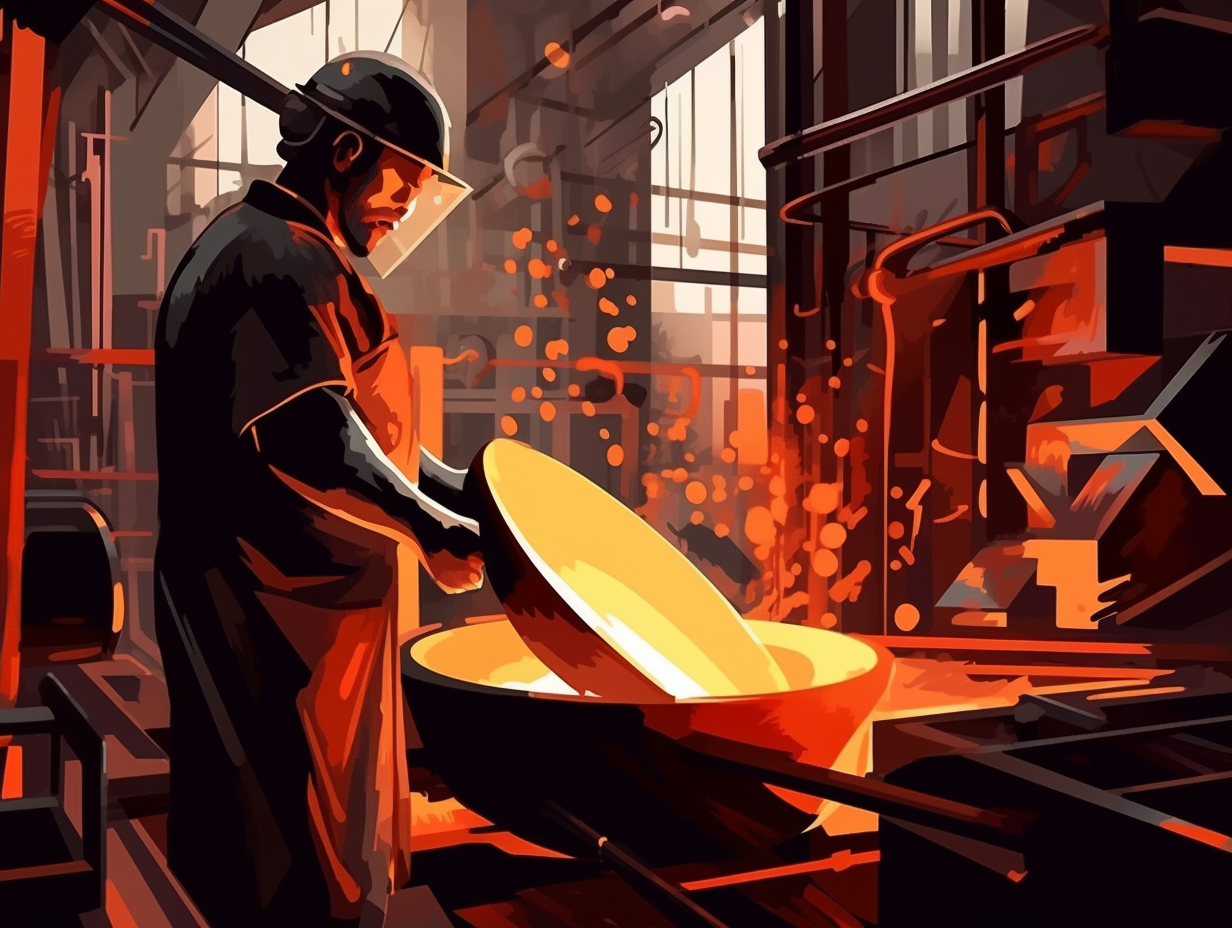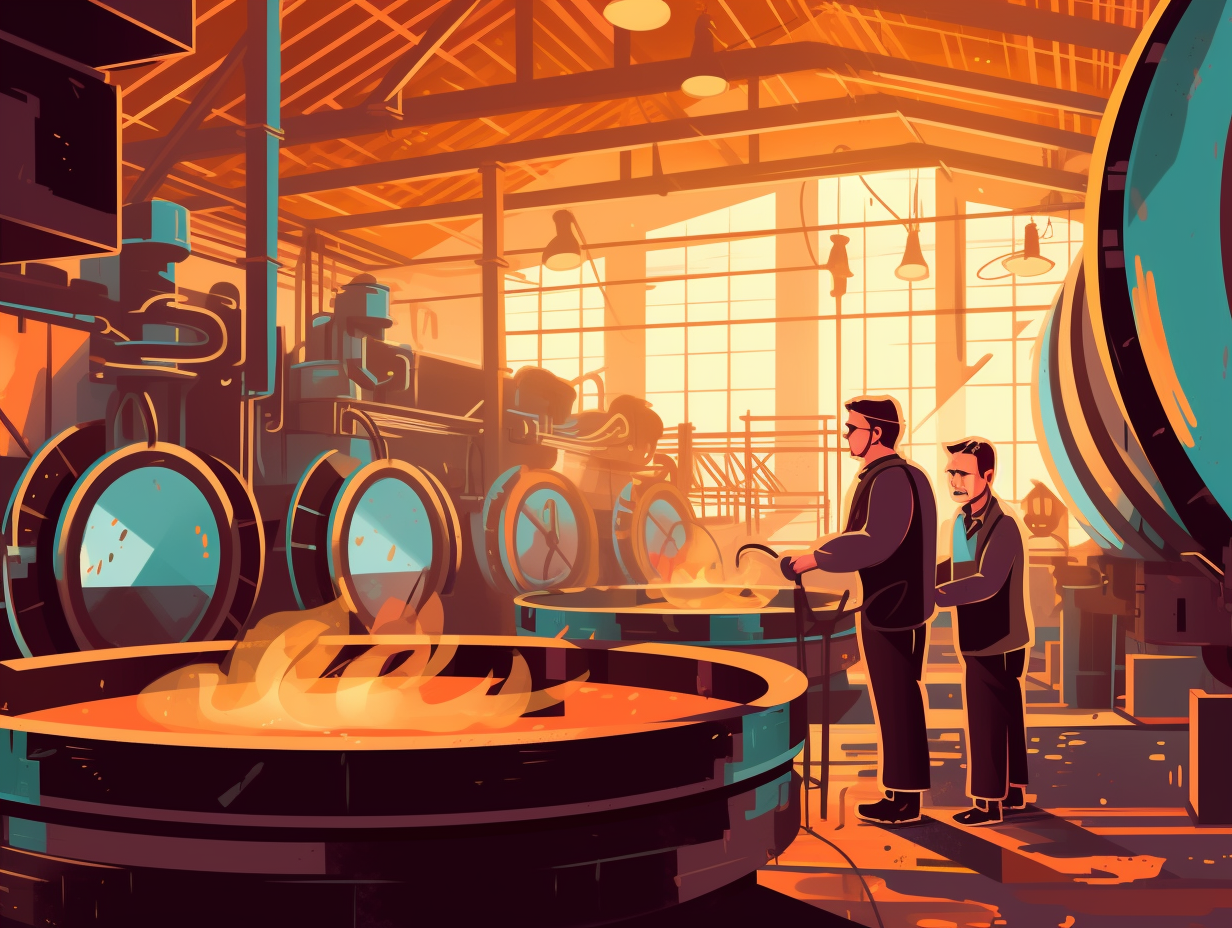9 Amazing Fun Facts About Beam Bridges You Never Knew!

1. Rome's Wooden Wonder
Whoever said "ancient Rome wasn't built on wooden beams" clearly hadn't crossed the Tiber River on a chilly Roman holiday: The earliest known ancient Roman beam bridge, Pons Sublicius, was built in the 7th century BC, its name literally meaning "bridge made of wooden beams."
Source => historyofbridges.com
2. Log Meets Plank Love Story
Once upon a time in Bridge-topia, logs and planks got together for a little match-making, crossing paths in the name of love and engineering: The humble beam bridge, one of the OGs of bridge design, has evolved from simpler days of wood and amour, now flexing its steel and reinforced concrete muscles to support loads that would make those logs and planks blush.
Source => theconstructor.org

Did you know suspension bridges used to sway wildly in the wind, causing collapses? Learn how the Tacoma Narrows Bridge disaster led to engineering innovations that keep modern bridges stable! 🌉💨
=> Fun Facts about Suspension-Bridges
3. Steel Superheroes in Disguise
Beam bridges: civil engineering's "Jack of all trades" and the superhero of the steel world, tirelessly holding your weight through countless traffic jams and heavy loads with a straight face, all while secretly boasting an impeccable sense of design and mathematical precision: Constructed primarily of steel for its strength and durability, these bridges are meticulously designed using mathematical formulas to ensure they can bear immense weight, requiring months of intensive collaboration between architects, engineers, and construction crews, and once built, can withstand the test of time with minimal maintenance and impressive stamina lasting for decades.
Source => design-technology.org
4. Beam Me Up, Prestressed Scotty!
Beam me up, Scotty, and bring the prestressed concrete while you're at it! These future-forward beams are giving traditional reinforced concrete a run for its money as they strut their lightweight stuff over longer distances: Prestressed concrete beams, which took center stage during the mid-20th century’s Interstate Highway System expansion, are lauded for their enhanced strength and durability while using less concrete and weighing significantly less, thanks to a pre-use stress application process.
Source => dot.state.mn.us

5. Rollercoaster World of Steel Beams
Step right up, folks, and witness the incredible, awe-inspiring, dare I say, groundbreaking world of… steel beam roller innovation! That's right, the rollercoaster ride of steel bar entertainment reaches a crescendo with the underrated heroes of highway architecture: the steel stringer bridges: These bridge-building bonanzas were developed in the late 19th and early 20th centuries due to advancements in the steel manufacturing and rolling process. In North Carolina, they dominate the bridge scene with over 2,000 structures, including the historically significant Sloans Ferry Bridge, the state's first major continuous design steel stringer bridge built in 1933.
Source => ncdot.gov
6. Goldilocks' Perfect Bridge
When Goldilocks was looking for the perfect bridge, she might have fancied a beam: not too long, not too short, just right for woodland frolics and escapes from grumpy bears: Beam bridges can span up to a modest 24 feet for FRP beams, making them the go-to choice for parks, hiking trails, and far-flung locations, while their more extroverted cousins, the suspension bridges, can strut longer legs to cover spans up to 7,000 feet, ideal for navigating bustling waterways, mountain ranges, and expansive distances.
Source => aretestructures.com
7. Concrete Gym Buffs
Beam bridges: they're like the buff bodybuilders of the bridge world, flexing their high-strength concrete muscles so they don't lose their prestress gains! Seriously though: Beam bridges often use high-strength concrete to increase their load-bearing capacity, minimize prestress loss, and ensure better durability, giving them a long and sturdy life.
Source => byjus.com
8. Eco-Warriors of Bridges
When Mother Nature and Bob the Builder crossed paths at a mixer party: beam bridges came into existence as the eco-friendly star-child of sustainable engineering. As the lesser-known heroes of environmental conservation, these bridges boast a lower environmental impact than their attention-seeking cousins, utilizing fewer materials and offering the possibility to be constructed using sustainable options to satisfy our earth-loving hearts.
Source => civiltoday.com
9. London Bridge: History's Fashionista
From pontoon palaces to concrete castles, London Bridge sure knows how to dress the part throughout history: Today's London Bridge is a box girder bridge made of concrete and steel, but it all started with a potentially pontoon-type structure built by the Romans to aid their conquests, and evolved into the Old London Bridge—a 12th-century stone arch bridge with nineteen piers, nineteen arches, and enough houses built on it to have its own postal code!
Source => en.wikipedia.org
Related Fun Facts




















